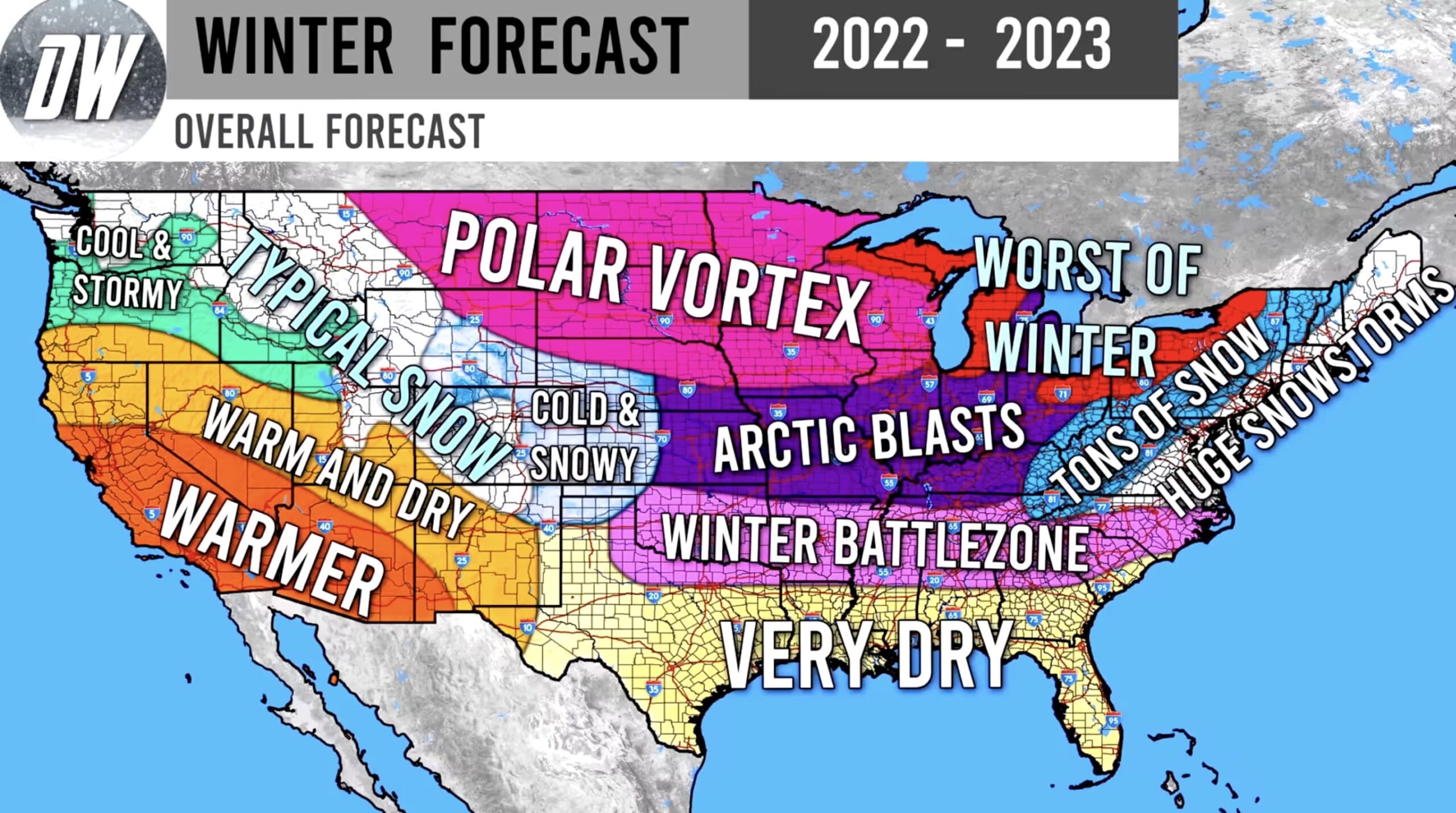Analyzing Tulsa's Winter Weather: Key Statistics And Trends

Table of Contents
Average Temperatures and Extremes
Tulsa's winter, encompassing December, January, and February, presents a range of temperatures. While generally mild compared to other parts of the country, significant fluctuations are common. Understanding these averages and extremes is vital for planning and preparation.
- Average High/Low Temperatures:
- December: Average high around 48°F (9°C), average low around 30°F (-1°C).
- January: Average high around 45°F (7°C), average low around 27°F (-3°C).
- February: Average high around 52°F (11°C), average low around 33°F (1°C). These are averages, and daily temperatures can vary significantly.
- Temperature Extremes: Tulsa has experienced record highs well into the 70s°F (20s°C) and record lows dipping below 0°F (-18°C). These extremes highlight the unpredictable nature of Tulsa's winter weather.
- Year-to-Year Variability: Some winters are remarkably mild, while others bring extended periods of freezing temperatures and snowfall. This variability underscores the need for flexible planning and preparedness.
- Data Source: This data is compiled from historical records provided by the National Weather Service.
Precipitation Patterns in Tulsa Winters
Precipitation in Tulsa during winter months is a mix of rain, snow, sleet, and freezing rain. While snowfall isn't exceptionally heavy compared to northern states, the impact of ice storms can be significant.
- Average Snowfall: Average monthly snowfall is generally low, but varies considerably each year. Expect a few inches per month on average, with some years seeing far more, others less.
- Frequency of Winter Storms: Tulsa experiences several winter storms annually, with variations in duration and intensity. These storms can bring significant disruptions to travel and daily life.
- Impact of Ice Storms and Freezing Rain: Ice storms and freezing rain pose a considerable threat, causing hazardous driving conditions and power outages. The weight of ice can also damage trees and power lines.
- Data Source: The National Weather Service provides reliable historical data on snowfall amounts and winter storm frequencies for the Tulsa area.
Long-Term Trends and Climate Change
Analyzing long-term trends in Tulsa's winter weather reveals potential implications of climate change. While short-term variations are common, long-term data sets paint a clearer picture of shifting patterns.
- Observed Trends: Some studies indicate a slight warming trend in Tulsa's winter temperatures over the past several decades. This trend may be accompanied by changes in precipitation patterns, though further research is needed to definitively determine these long-term shifts.
- Comparison to Historical Data: Comparing current data with historical records from the past century highlights the gradual shifts in average temperatures and precipitation amounts.
- Potential Future Impacts: Climate change models predict continued warming trends in Tulsa, which could lead to reduced snowfall and increased frequency of extreme weather events, such as ice storms.
- Links to Relevant Scientific Studies: For more detailed information on climate change impacts on the Tulsa region, refer to studies published by reputable organizations like the NOAA and NASA.
Preparing for Tulsa's Winter Weather
Effective preparation is key to navigating Tulsa's unpredictable winter weather. Taking proactive steps can minimize disruptions and ensure safety.
- Winter Driving Safety Tips: Check weather forecasts before traveling, keep your vehicle properly maintained (including winter tires), and drive slowly and cautiously on icy roads. Carry an emergency kit in your car.
- Home Preparation Tips: Ensure your heating system is functioning correctly, insulate your home properly, and have a backup heating source in case of power outages.
- Emergency Preparedness Kit Essentials: Stock up on essential supplies such as non-perishable food, water, medications, flashlights, batteries, and blankets.
- Links to Weather Alert Websites and Apps: Stay informed about approaching winter storms by regularly checking reliable weather sources like the National Weather Service website and mobile apps.
Conclusion
Understanding Tulsa's winter weather statistics and trends is vital for preparedness and safety. While average temperatures and snowfall amounts provide a general picture, the significant year-to-year variability and potential impacts of climate change necessitate careful planning and vigilance. Stay informed about Tulsa's winter weather by regularly checking reliable weather sources and preparing accordingly. Understanding Tulsa's winter weather patterns is key to staying safe and prepared throughout the season.

Featured Posts
-
 Analysis Australias Oppositions 9 Billion Budget Pledge
May 03, 2025
Analysis Australias Oppositions 9 Billion Budget Pledge
May 03, 2025 -
 Rumeurs D Ingerence Macron Et L Election Du Prochain Pape
May 03, 2025
Rumeurs D Ingerence Macron Et L Election Du Prochain Pape
May 03, 2025 -
 1 Mayis Ta Yasananlar Emekci Direnisinin Sembolue
May 03, 2025
1 Mayis Ta Yasananlar Emekci Direnisinin Sembolue
May 03, 2025 -
 Dutch Energy Providers Test Reduced Tariffs With High Solar Output
May 03, 2025
Dutch Energy Providers Test Reduced Tariffs With High Solar Output
May 03, 2025 -
 When Will Sabrina Carpenter Arrive In Fortnite
May 03, 2025
When Will Sabrina Carpenter Arrive In Fortnite
May 03, 2025
